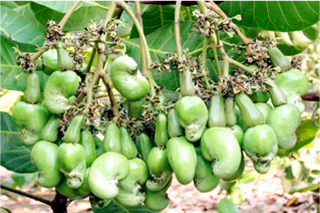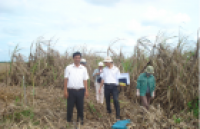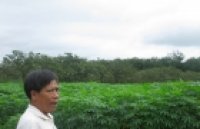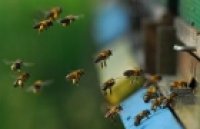| Characterization of black spot resistance in diploid roses with QTL detection, meta-analysis and candidate-gene identification |
|
The widespread rose black spot disease (BSD) caused by the hemibiotrophic fungus Diplocarpon rosae Wolf. is efficiently controlled with fungicides. However, in the actual context of reducing agrochemical use, the demand for rose bushes with higher levels of resistance has increased. Qualitative resistance conferred by major genes (Rdr genes) has been widely studied but quantitative resistance to BSD requires further investigation. |
|
D. C. Lopez Arias, A. Chastellier, T. Thouroude, J. Bradeen, L. Van Eck, Yannick De Oliveira, S. Paillard, F. Foucher, L. Hibrand-Saint Oyant & V. Soufflet-Freslon Theoretical and Applied Genetics; Dec. 2020; vol. 133:3299–3321. Key messageTwo environmentally stable QTLs linked to black spot disease resistance in the Rosa wichurana genetic background were detected, in different connected populations, on linkage groups 3 and 5. Co-localization between R-genes and defense response genes was revealed via meta-analysis. AbstractThe widespread rose black spot disease (BSD) caused by the hemibiotrophic fungus Diplocarpon rosae Wolf. is efficiently controlled with fungicides. However, in the actual context of reducing agrochemical use, the demand for rose bushes with higher levels of resistance has increased. Qualitative resistance conferred by major genes (Rdr genes) has been widely studied but quantitative resistance to BSD requires further investigation. In this study, segregating populations connected through the BSD resistant Rosa wichurana male parent were phenotyped for disease resistance over several years and locations. A pseudo-testcross approach was used, resulting in six parental maps across three populations. A total of 45 individual QTLs with significant effect on BSD resistance were mapped on the male maps (on linkage groups (LG) B3, B4, B5 and B6), and 12 on the female maps (on LG A1, A2, A3, A4 and A5). Two major regions linked to BSD resistance were identified on LG B3 and B5 of the male maps and were integrated into a consensus map built from all three of the male maps. A meta-analysis was used to narrow down the confidence intervals of individual QTLs from three populations by generating meta-QTLs. Two ‘hot spots’ or meta-QTLs were found per LG, enabling reduction of the confidence interval to 10.42 cM for B3 and 11.47 cM for B5. An expert annotation of NBS-LRR encoding genes of the genome assembly of Hibrand et al. was performed and used to explore potential co-localization with R-genes. Co-localization with defense response genes was also investigated.
See: https://link.springer.com/article/10.1007/s00122-020-03670-5 |
|
|
|
[ Tin tức liên quan ]___________________________________________________
|


 Curently online :
Curently online :
 Total visitors :
Total visitors :


